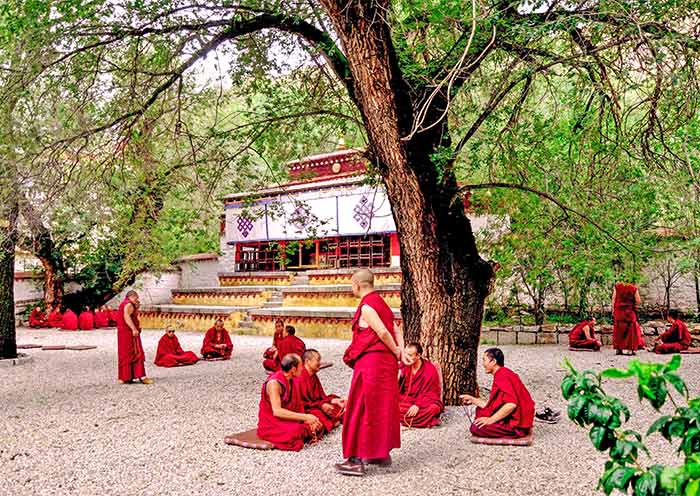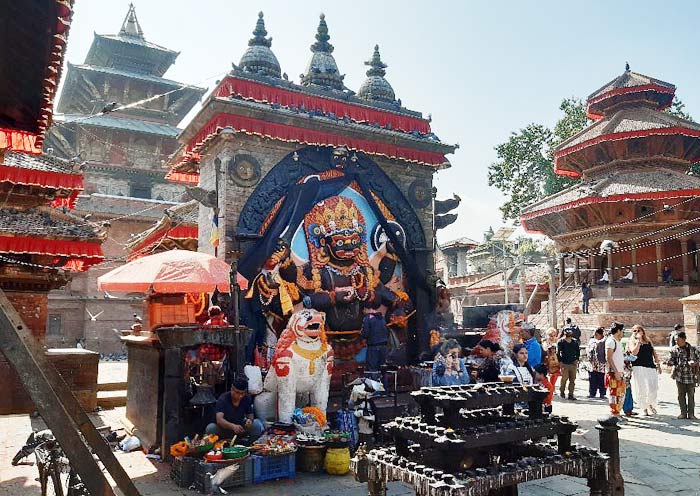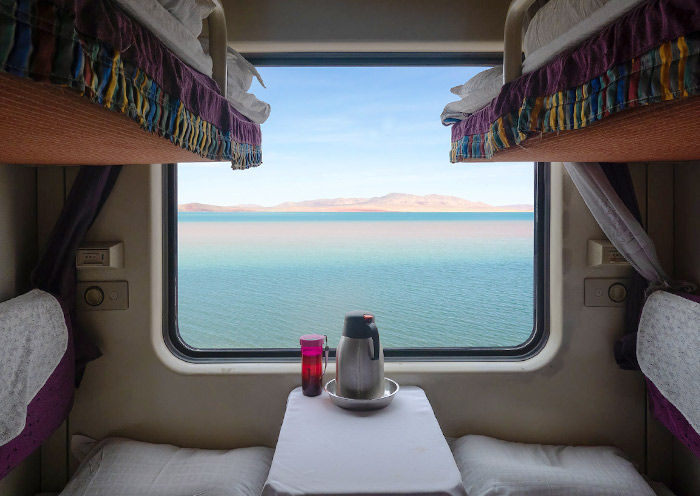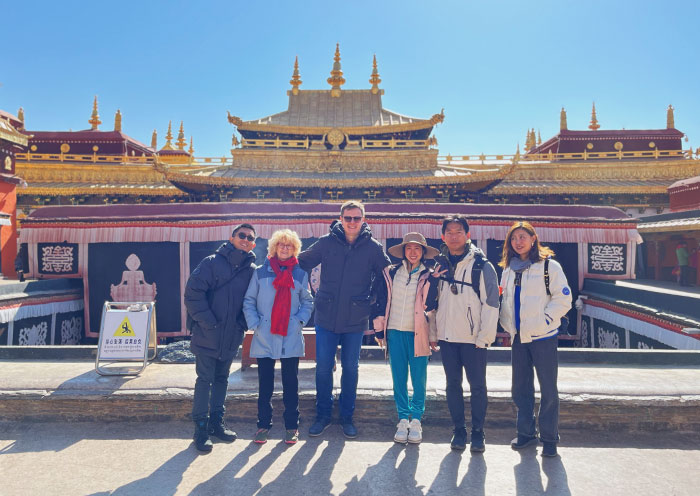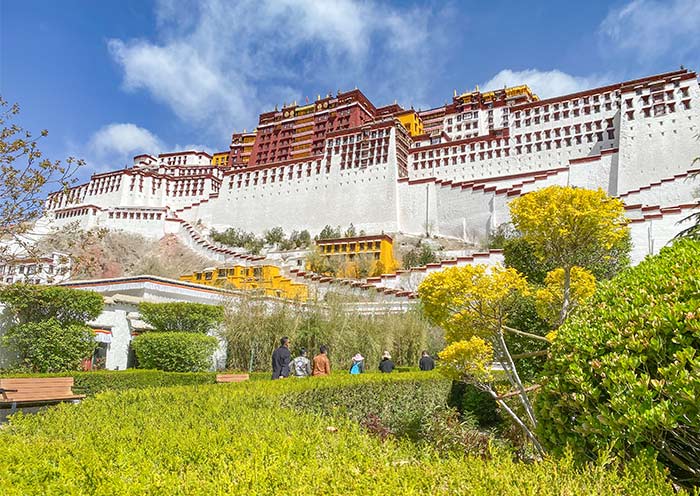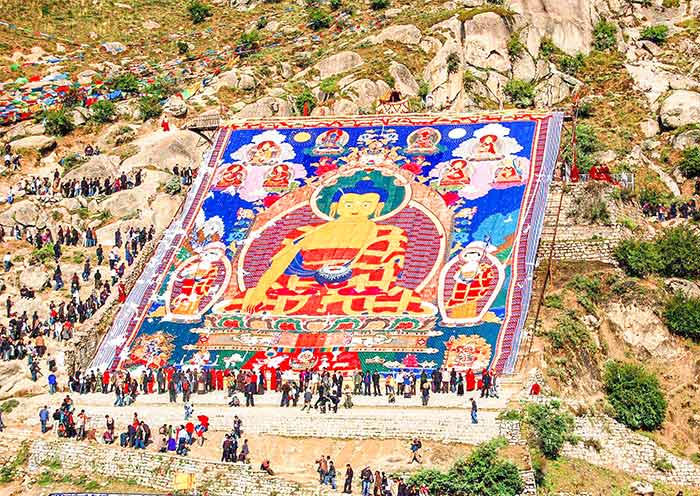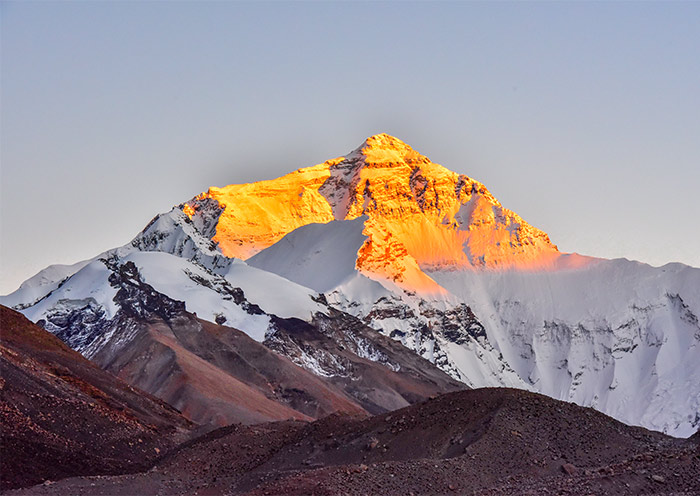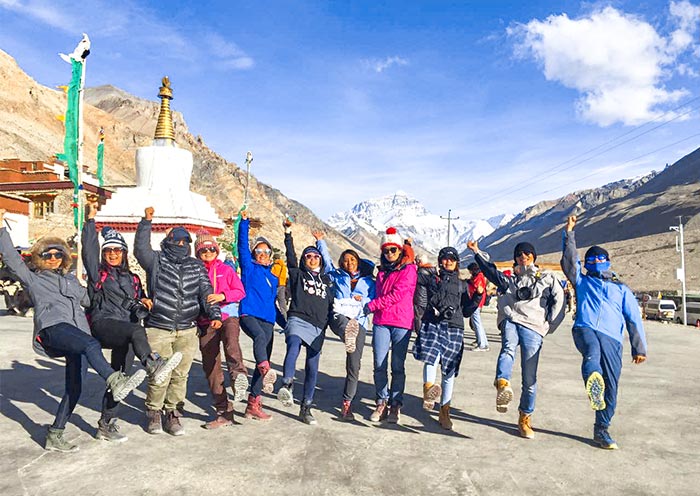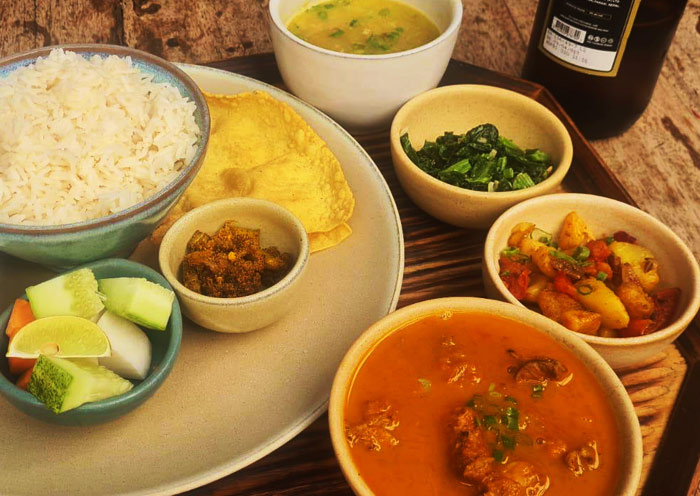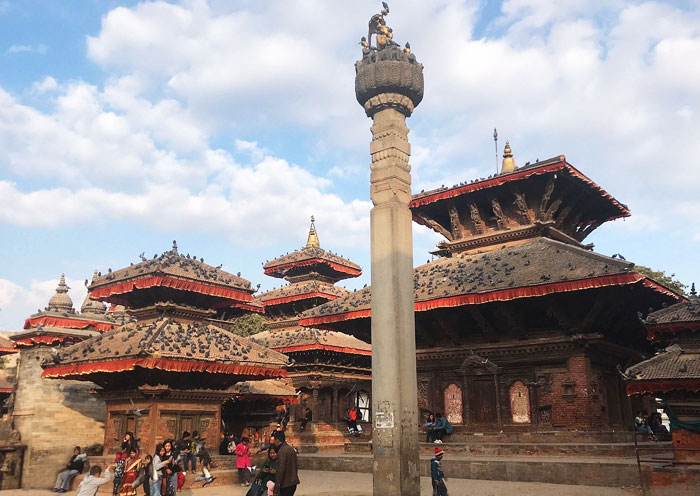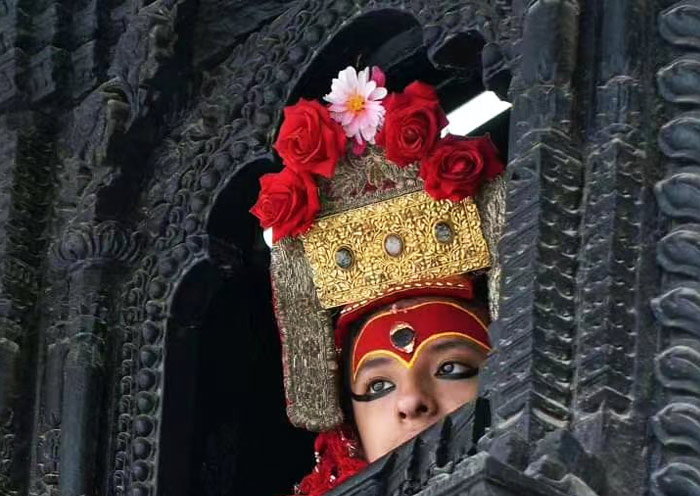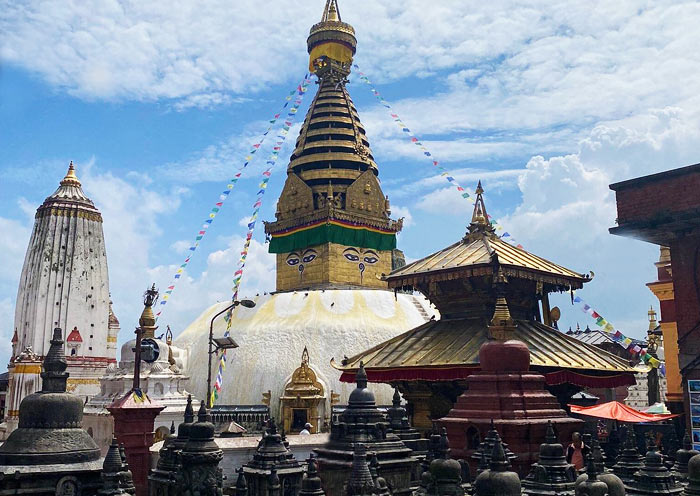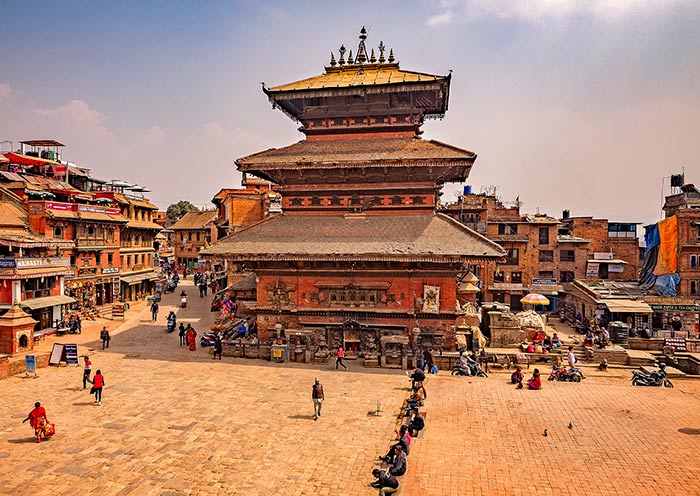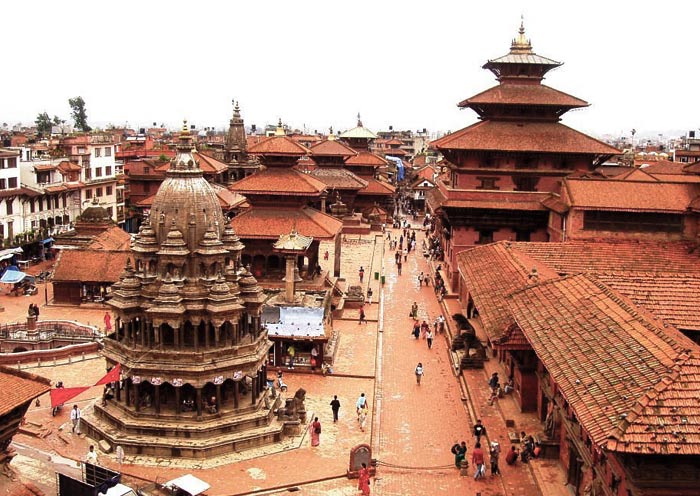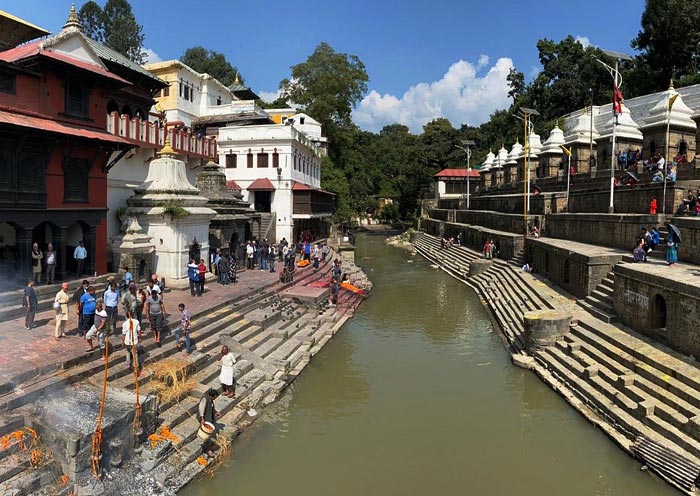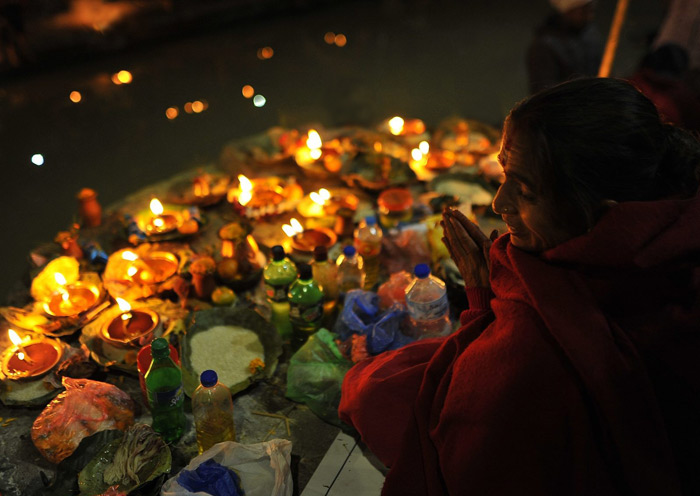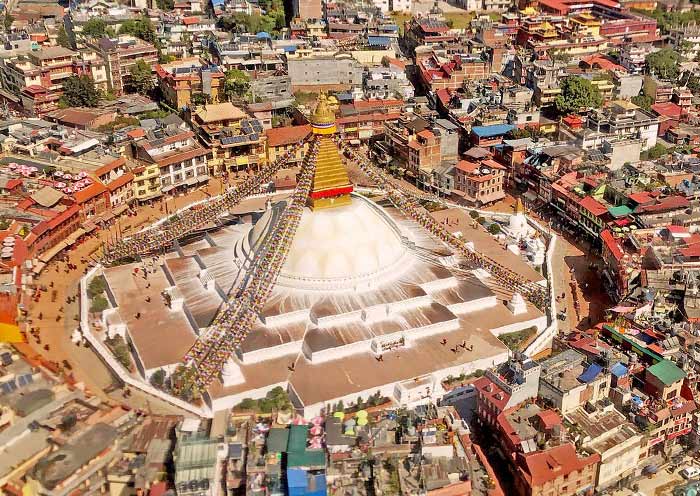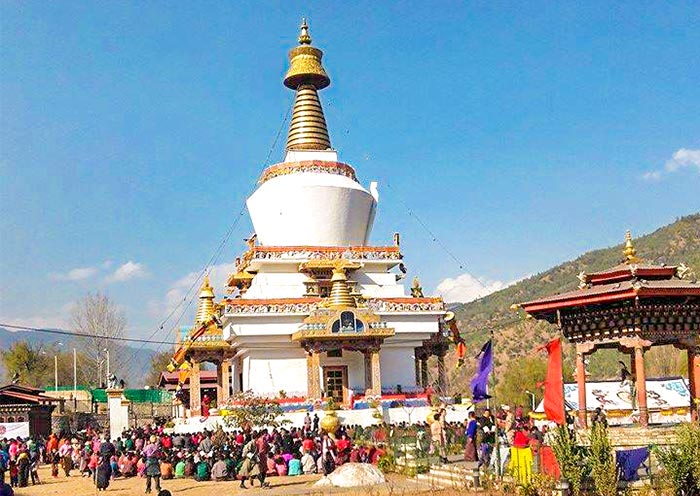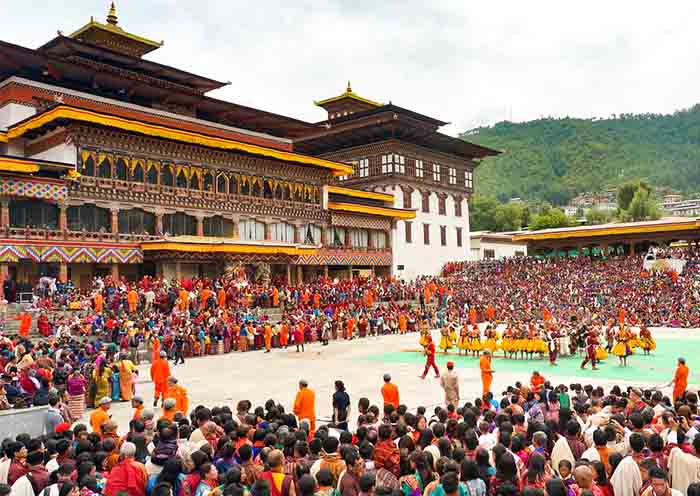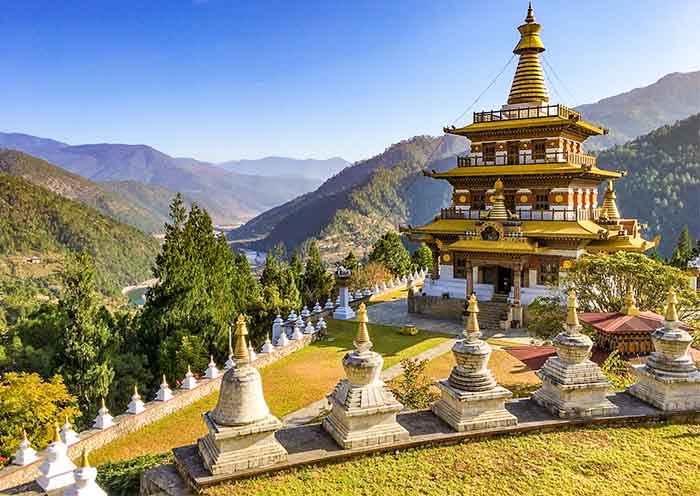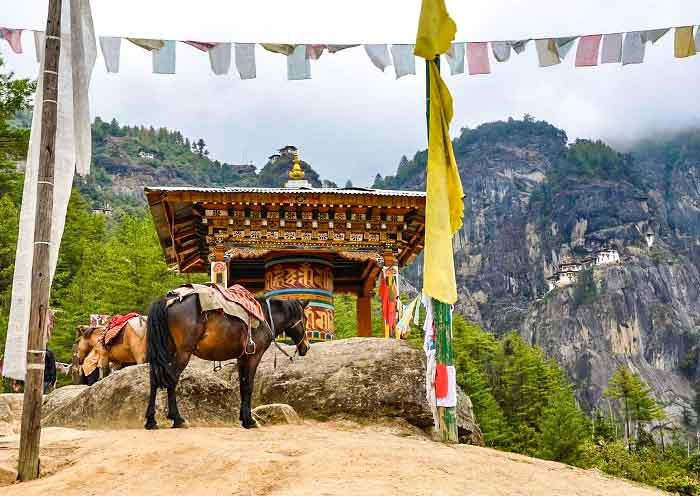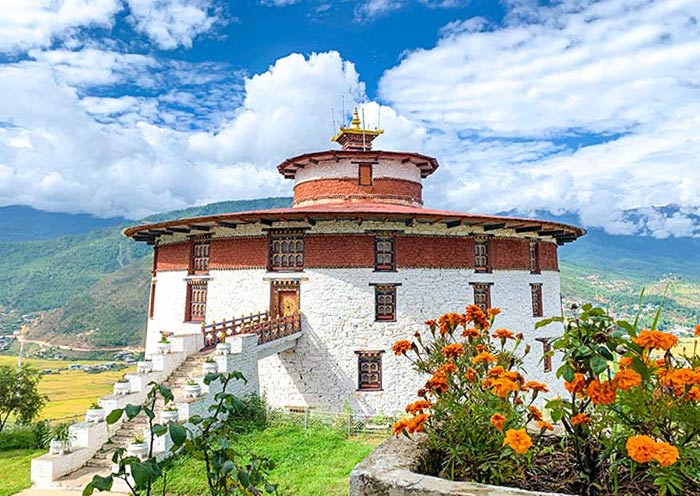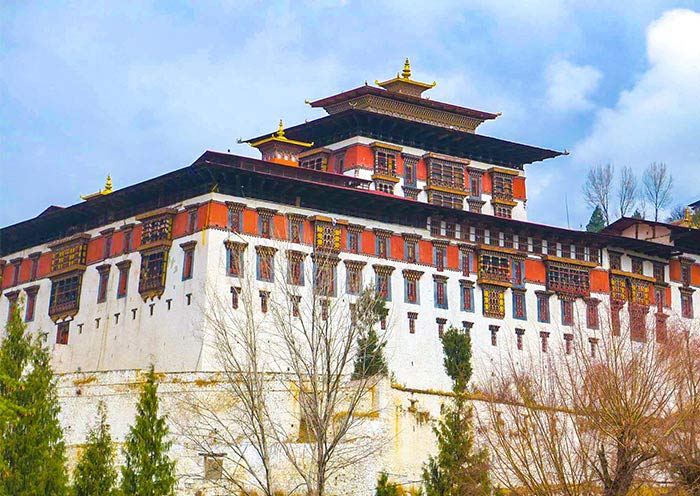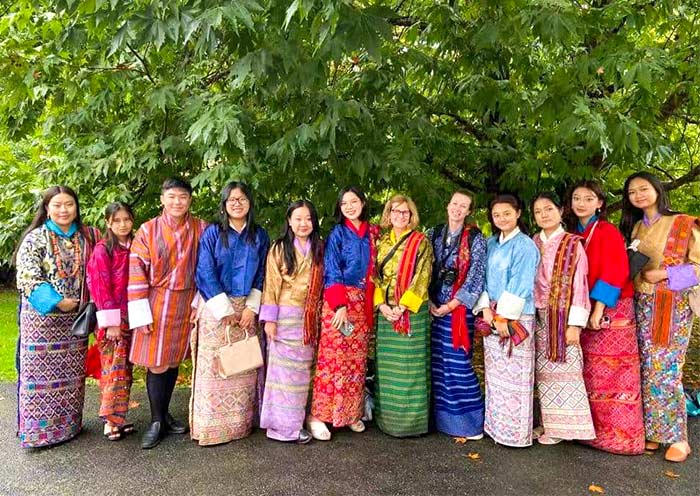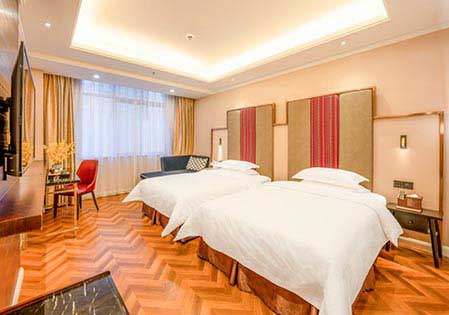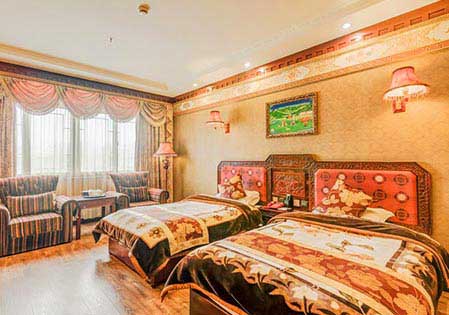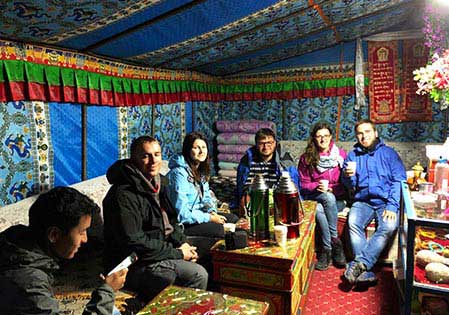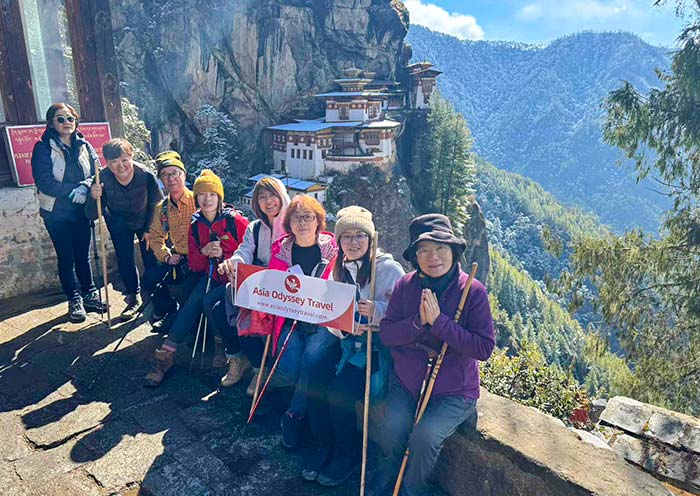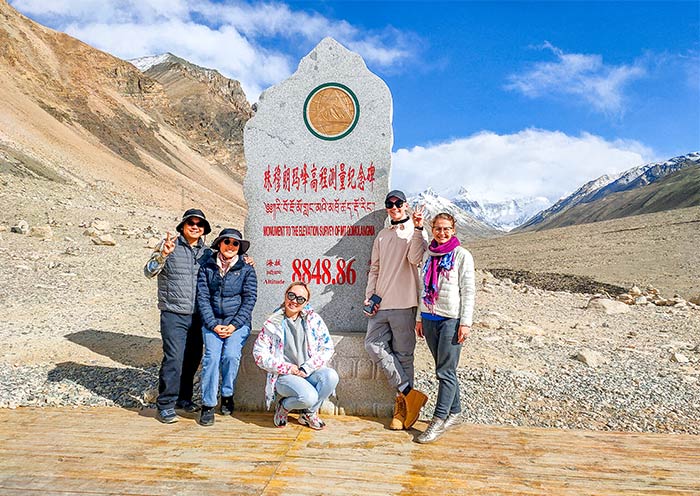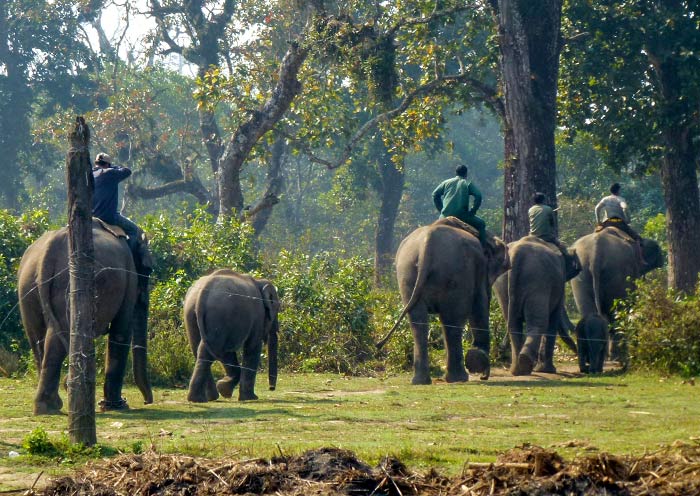Today, we will explore Thimphu by visiting the Folk Heritage Museum, School of Arts and Crafts, and Tashichho Dzong. Alternatively, you can opt to visit either the Bhutan Post Office Headquarters or the Motithang Takin Preserve (Takin Sanctuary), depending on your preferences and available time. After sightseeing in Thimphu (2,360m), we will drive to Punakha (74km, about 2.5 hours) via Dochula Pass and then you can rest comfortably in your hotel.
By visiting the Folk Heritage Museum, a three-story traditional house dating back to the 19th century, you can gain insight into the traditional Bhutanese way of life, including artifacts from rural households, typical household objects, tools, and equipment. The museum was founded on July 28th, 2001, through the initiative of Her Majesty Ashi Dorji Wangmo Wangchuck, the Queen Mother of Bhutan. Additionally, the museum regularly hosts demonstrations of rural skills, customs, and habits, as well as educational programs for children. Next, we will visit the School of Arts and Crafts (Thimphu National Institute for Zorig Chusum), which was established by the Bhutanese Government in 1971. At this institute, you can learn about Bhutan's 13 traditional arts and crafts, including the Traditional Painting, Sculpturing, Wood Carving, Calligraphy, Papermaking, Bronze Casting, Embroidery, Weaving, Carpentry, Masonry, Bamboo and Cane Weaving, Gold/Silver Smithy, and Blacksmithy.
As an alternative, you can choose to visit either the Bhutan Post Office Headquarters, which offers personalized stamps featuring your own face, or the Motithang Takin Preserve, a wildlife reserve area for Takin, which is the national animal of Bhutan.
Then, pay a visit to Tashichho Dzong (Thimphu Dzong), the "Fortress of the Glorious Religion”. This dzong houses the throne room of His Majesty the King, government offices, and the central monastic body. Initially constructed in 1641, it was rebuilt in the 1960s by King Jigme Dorji Wangchuck. The Tashichho Dzong boasts two main entrances, one leading to the administrative section in the south, and the other leading to the monastic quarter in the north, where festivals and dances take place.
After visiting Tashichho Dzong, we will drive to Punakha via Dochula Pass, which is home to 108 memorial chortens in honor of the 108 Bhutanese soldiers who lost their lives in the war of December 2003. These chortens, known as the "Druk Wangyal Chortens," represent each soldier's life. The pass is adorned with colorful prayer flags, which symbolize veneration and convey the best wishes for peace and prosperity in Bhutan. If the weather permits, the Dochula Pass offers a stunning vantage point to behold the breathtaking, snow-covered Himalayas.


